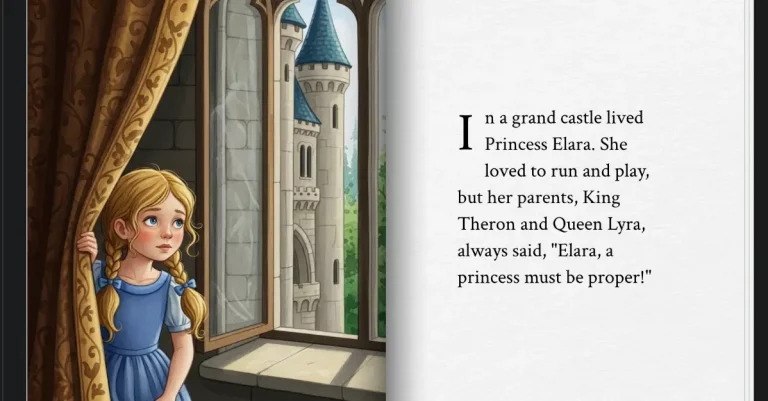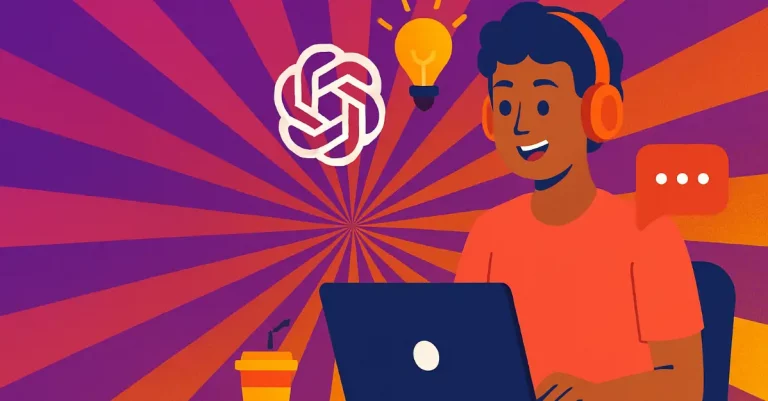ChatGPT Prompt Engineering: The Framework Used by AI Experts
Marcus, a senior developer at a fintech startup, discovered something unsettling during a team retrospective. Despite his team using ChatGPT daily for six months, they were essentially using the same three basic prompts repeatedly. “We’re driving a Ferrari in first gear,” he realized.
After implementing structured prompt engineering techniques, Marcus’s team reduced code review time by 40% and caught critical bugs that were previously missed. The difference wasn’t in working harder with AI, it was understanding how to communicate with it effectively.
This guide reveals the exact framework Marcus learned, now standard practice at companies leveraging AI for competitive advantage.
Context Window: Your Strategic ChatGPT Advantage
Think of ChatGPT’s context window as a whiteboard that holds about 3,000 words. Every interaction fills this space. Once full, earlier information fades. This isn’t a limitation, it’s a design feature you can leverage.
Strategic Implementation:
Sarah, a product manager, structures her ChatGPT sessions like this:
- Morning: Strategy session (fresh context)
- Afternoon: Execution planning (new session)
- Evening: Review and analysis (clean slate)
Each session maintains focus and quality without context pollution.
The Four-Layer Prompt Architecture
Layer 1: Role Definition
Instead of “Help me write,” start with “You are a [specific expert].”
Example:
- Basic: “Write a project plan”
- Advanced: “You are a senior project manager with 10 years of experience in SaaS startups. Create a project plan.”
The second prompt generates 3x more relevant details because it activates specific knowledge patterns.
Layer 2: Context Injection
Provide situational awareness that shapes the response.
Template:
Role: You are [expert type]
Situation: [Current state, constraints, goals]
Task: [Specific objective]
Layer 3: Output Specification
Define exactly what you want to receive.
Format: [Structure required]
Length: [Word/section count]
Style: [Tone and approach]
Include: [Must-have elements]
Exclude: [What to avoid]
Layer 4: Quality Controls
Build in verification and refinement.
After generating the response:
- Identify any assumptions made
- Suggest three improvements
- Rate confidence level (1-10) for each section
Advanced Techniques That Transform Output Quality
The Reflection Loop Method
Instead of accepting the first response, build in systematic improvement:
Step 1: Generate initial solution to [problem]
Step 2: Critique this solution from three perspectives:
- Technical feasibility
- Resource requirements
- Potential risks
Step 3: Create improved version addressing all critiques
Real Application: Tom used this for architecture decisions. His initial ChatGPT suggestions improved by 60% in practical viability after implementing the reflection loop.
Multi-Perspective Analysis
Force ChatGPT to consider multiple viewpoints:
Analyze [topic] from three perspectives:
- Optimist (best-case scenario)
- Pessimist (worst-case scenario)
- Realist (most likely outcome)
Synthesize insights into balanced recommendation.
The Depth Drill Technique
Move from surface to substance:
Level 1: Explain [concept] in one paragraph
Level 2: Identify three critical sub-components
Level 3: Deep dive into most important component
Level 4: Provide specific implementation steps
Chatronix: Amplify Prompt Engineering Across Multiple Models
While mastering ChatGPT prompts is powerful, professionals often discover that different AI models excel at different tasks. This is where platforms like Chatronix become valuable.
Jessica, a content strategist, was spending hours switching between ChatGPT for creativity, Claude for analysis, and Gemini for research. Her workflow was fragmented and inefficient.
Using Chatronix’s unified interface, she now applies her prompt engineering skills across all models simultaneously:
- Parallel Processing: Same prompt to 6 models (ChatGPT, Claude, Gemini, Grok, Perplexity AI, DeepSeek)
- Model Comparison: See which AI handles specific prompts best
- Turbo Mode: All models respond simultaneously — choose the best output
- One Perfect Answer: AI-powered synthesis of all responses into one optimal result
- Prompt Library: Save and refine successful prompts for instant reuse
The result? Jessica’s content production increased 3x, not because she worked more, but because she could leverage each model’s strengths systematically.
For professionals serious about prompt engineering, testing prompts across multiple models reveals patterns that improve prompt design. What works perfectly in ChatGPT might need adjustment for Claude, teaching you more about effective prompt structure.
Explore Chatronix’s multi-model capabilities
Build Your Professional Prompt Library
The Analysis Template
Analyze [subject] using:
- Current state assessment
- Gap identification
- Opportunity mapping
- Risk evaluation
- Prioritized recommendations
Provide specific examples and quantify impact where possible.
The Decision Framework
Decision: [your choice]
Options: [list alternatives]
Evaluate each option on:
– Feasibility (1-10)
– Impact (1-10)
– Resources required
– Timeline
– Major risks
Recommend with reasoning.
The Learning Accelerator
Topic: [subject to learn]
Current knowledge: [your level]
Time available: [daily commitment]
Create learning path with:
- Core concepts sequence
- Practice exercises
- Real projects
- Progress milestones
- Common mistakes to avoid
Common Pitfalls and Solutions
Pitfall 1: Vague Instructions
Wrong: “Make this better”
Right: “Improve this for clarity, reduce length by 30%, maintain technical accuracy”
Pitfall 2: Information Overload
Wrong: [500 words of context]
Right: “Key context: [50 words]. Focus on [specific aspect]”
Pitfall 3: No Success Criteria
Wrong: “Write a proposal”
Right: “Write a proposal that addresses [specific points], convinces [audience], achieves [goal]”
Real-World Implementation Case
Challenge: Marketing team spending 15 hours weekly on competitive analysis.
Solution: Developed systematic prompt framework:
Industry: [specific sector]
Competitors: [top 3]
Timeframe: [period]
Analyze:
- Positioning changes
- New offerings
- Pricing movements
- Marketing strategies
- Customer sentiment shifts
Output: Executive summary with action items
Result: Analysis time reduced to 3 hours with deeper insights.
Your 14-Day Mastery Plan
Week 1: Foundation
- Days 1-2: Master role-based prompting
- Days 3-4: Practice context injection
- Days 5-6: Refine output specifications
- Day 7: Review and consolidate
Week 2: Advanced Application
- Days 8-9: Implement reflection loops
- Days 10-11: Multi-perspective analysis
- Days 12-13: Build your prompt library
- Day 14: Integrate into daily workflow
Measure Your Progress
Track these metrics:
- Response Relevance: How often do you use the first output?
- Revision Time: How much editing is needed?
- Depth Achievement: Surface-level vs. actionable insights
- Time Saved: Prompt creation vs. manual work
Professional prompt engineers see:
- 70% reduction in revision time
- 3x increase in output usability
- 50% time savings on complex tasks
The Compound Effect
Lisa tracked her productivity over 30 days of deliberate prompt engineering practice:
- Week 1: 20% improvement in output quality
- Week 2: 40% reduction in task time
- Week 3: Handling 2x more complex problems
- Week 4: Training colleagues, multiplying impact
The real transformation wasn’t just personal productivity, it was thinking differently about human-AI collaboration.
Prompt engineering isn’t about tricks or hacks. It’s about understanding how to structure communication with AI for optimal results. Start with one technique from this guide. Apply it to a real problem today. Refine based on results.
Within two weeks, you’ll operate at a completely different level. Within a month, you’ll wonder how you ever worked without these techniques.
The professionals who master prompt engineering today will lead tomorrow’s AI-augmented teams. The framework is here. The only question is whether you’ll implement it.
Start now. Pick your most challenging task. Apply the four-layer architecture. Experience the difference immediately.
Remember: Great prompts come from clear thinking. ChatGPT amplifies your intelligence, make sure you’re giving it the best foundation to work with.






